Written by:- Isabel Gallagher
There’s a distinction between hearing and listening. We often use the words interchangeably, but in reality, they describe two fundamentally different modes of experiencing music.
Listening is not a passive act - it’s an activity that involves receiving, interpreting, and responding to sound. There’s a huge difference between listening to music actively, with intention and emotional engagement, and simply using music as a mood setter. Both have their own places in our lives, but understanding the difference can help you discover how you really connect with sound and, crucially, what type of devices can best support your listening style.
What Is Active Listening?
Active listening is the art of giving music your full, undivided attention. It’s a mindful practice, an intentional engagement with sound. Think of it as the auditory equivalent of immersing yourself in a movie or staring at a painting until you notice the intentional brushstrokes.
When you listen actively, you tune in to every subtle nuance: the texture of the bassline, the shimmer of the cymbals, the breath between each vocal phrases. It’s about hearing the music as the artist intended, uncovering the detail and emotional depth that often go unnoticed in the background.
This form of listening can be deeply rewarding- it’s meditative, emotional, and can even be transformative. But it also depends on the quality of the playback. Without clean, detailed sound reproduction, much of what makes active listening magical can be lost.
That’s where your setup matters. A high-quality DAC/amp like Neo iDSD 2 or our flagship iDSD Valkyrie ensures that every note reaches you with clarity and precision. By removing digital harshness and restoring warmth, these devices help reveal the soul of your music- exactly as it was recorded.
What Is Passive Listening?
In contrast, passive listening is when music becomes part of your environment rather than your focus. It’s the soundtrack to your day- the playlist that energises your morning, the ambient soundscape that helps you enter your flow state, or the mellow album that helps your mind unwind in the evening.
You’re consuming the music rather than analysing it, and that’s perfectly fine. Passive listening has immense value - it influences mood, boosts creativity, and helps us navigate our emotions. In many ways, it’s the background rhythm of our daily lives.
But even passive listening benefits from high fidelity sound. Poor audio can be surprisingly distracting - crunchy bass, muffled mids, or harsh treble can make it harder to relax or stay focused. Imagine you’re driving and all you can hear is distorted bass vibrating through the car - it doesn’t complement your moment; it competes with it. Our Bluetooth transmitter and receiver UP Travel or award-winning portable DAC GO link Max or GO blu Air restore clarity and depth to your everyday playlists, keeping the sound balanced and effortless. Because whether you’re fully immersed or just letting music play in the background, you deserve to get the most out of every note.
How to Cultivate Active Listening
If you’ve never intentionally practiced active listening, here’s how to start:
-
Set the scene. Choose a quiet space, put your phone away, and press play on an album you love.
-
Listen with intention. Focus on the details - the tone of the instruments, the emotion in the vocals, the space between sounds.
-
Reflect. How does it make you feel? What stands out? The more you engage, the richer the experience becomes.
Active listening transforms music from something you hear into something you experience. It’s not just about entertainment - it’s about connection.
Finding Your Balance
In truth, most of us move between active and passive listening throughout the day. There’s beauty in both modes. Active listening invites emotional depth and appreciation for artistry; passive listening enriches daily life, creating atmosphere.
At iFi, we believe that how you listen matters - but so does what you listen through. Our mission is to help you get the most out of every note, whether you’re exploring the intricacies of a symphony or setting the tone for a gathering of friends.
Because when the sound is pure, detailed, and emotionally engaging, both active and passive listening become more rewarding.
We’d love to hear from you:
Do you consider yourself more of an active listener, diving deep into every detail?
Or do you prefer passive listening, letting the music shape your mood in the background?
Share your thoughts, habits, and favourite listening tracks in the comments below!

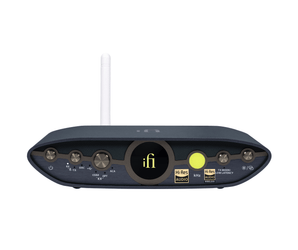
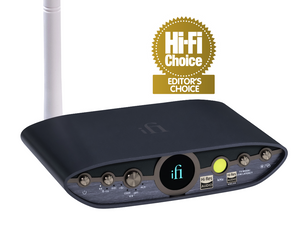



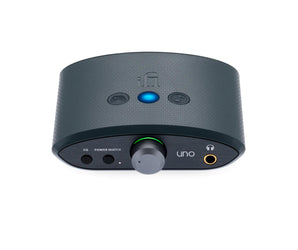


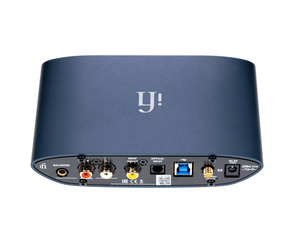
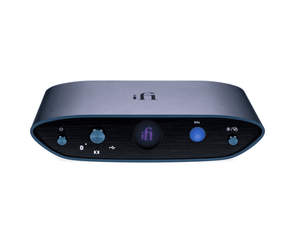
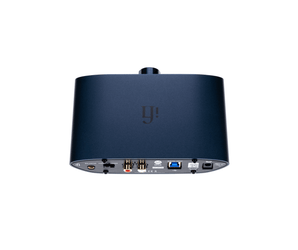

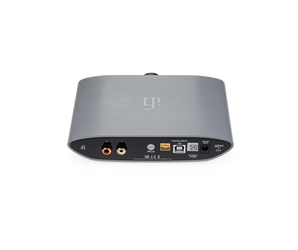
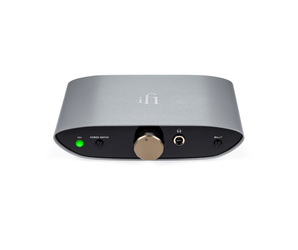
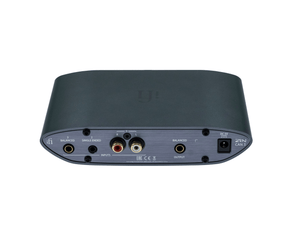
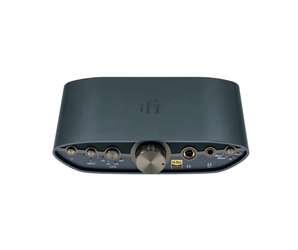
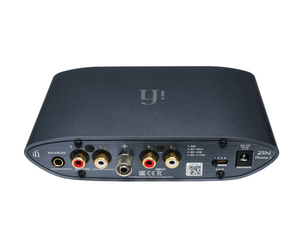
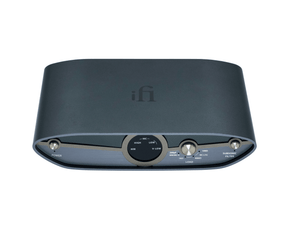
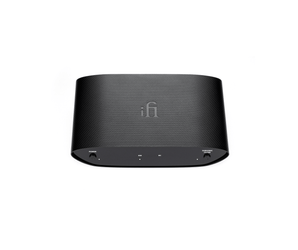
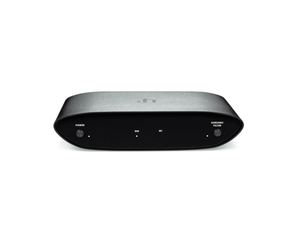
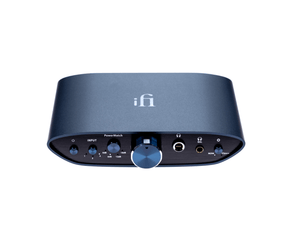
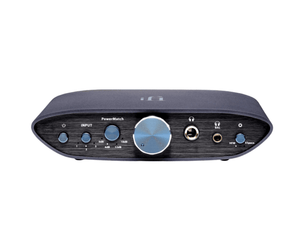
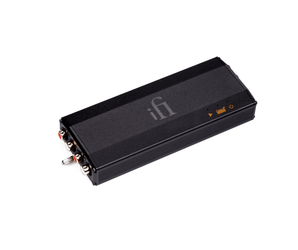
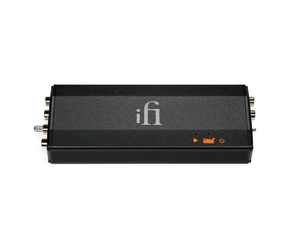
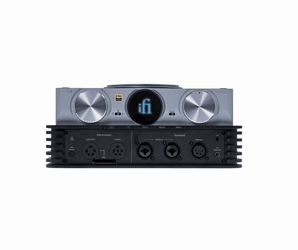



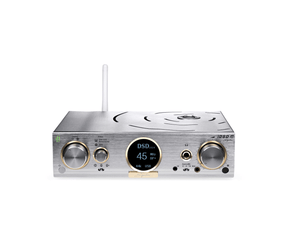
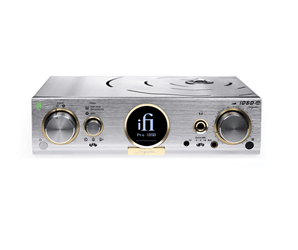





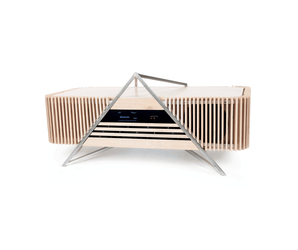


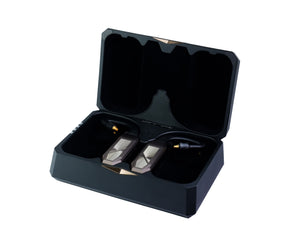
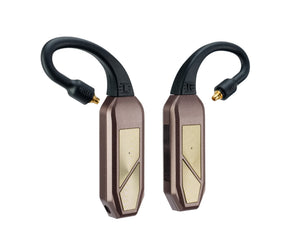
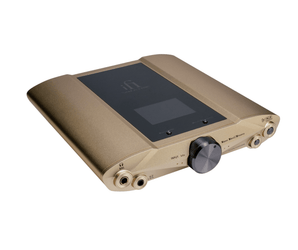


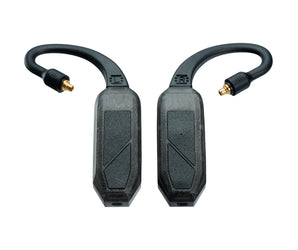


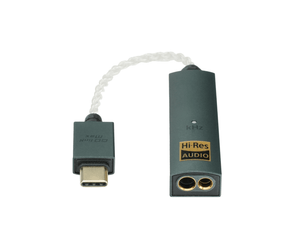
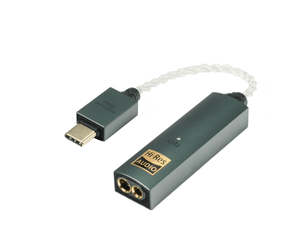



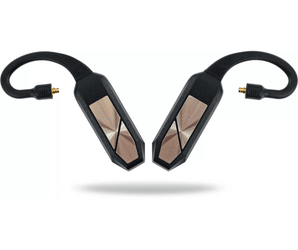

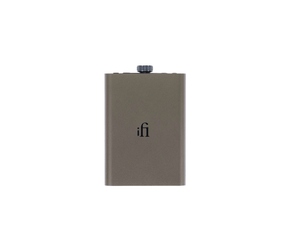






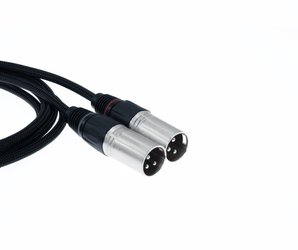
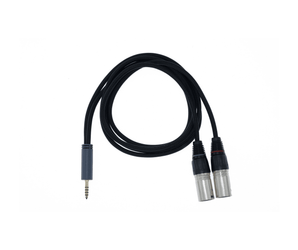
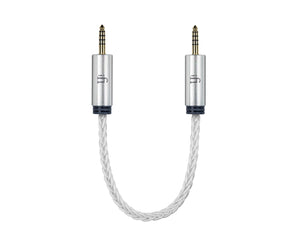
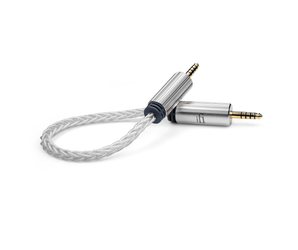
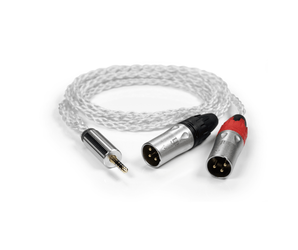
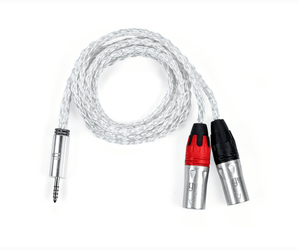
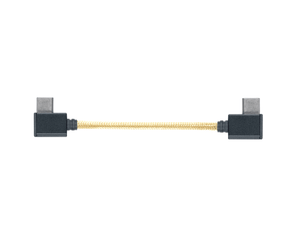
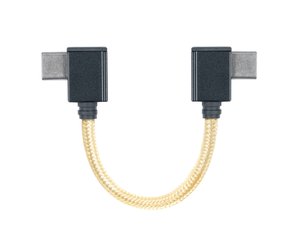

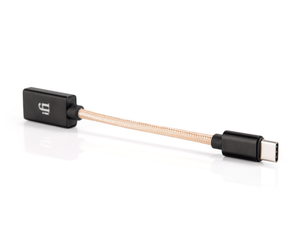
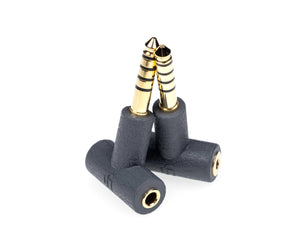
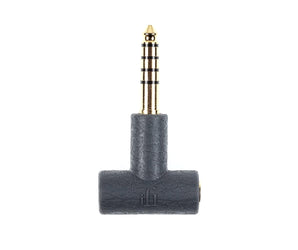
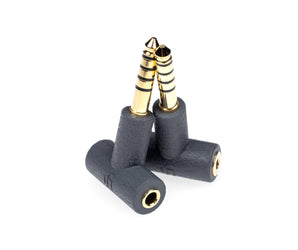
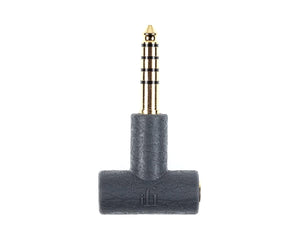
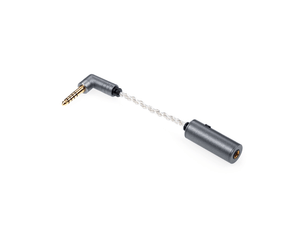
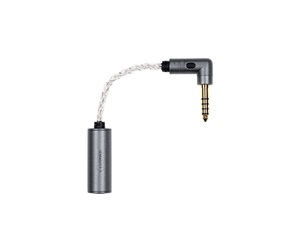
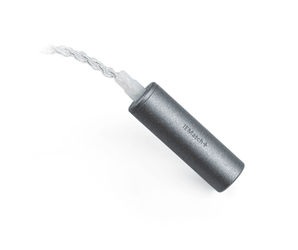
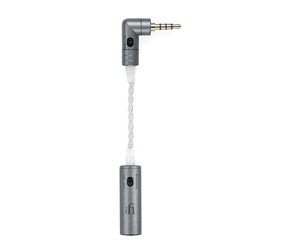




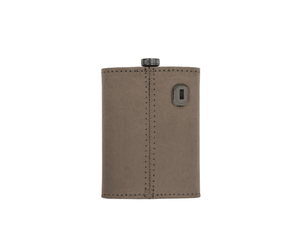









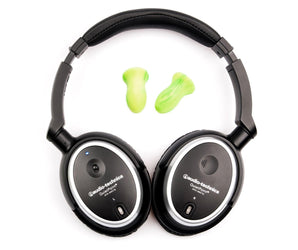
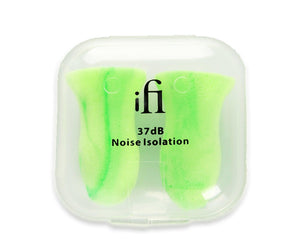





I consider myself an active listener even in times when I have music in the background while doing something else. I want to be able to catch something in the background music that I haven’t noticed before and bring it out front and center without having to switch systems.
I have the iFi HIP DAC and love it when using my phone or tablet.
I would love to enhance my studio system which consists of my iMac and a CD player providing musical content through a receiver. I feel that the incoming signal can sound better than it does.
I’m not sure if an iFi product can do so and at what point in the sound flow would I install it?
The receiver powers 2 Mission 700 bookshelf speakers (who actually sit on the floor) and a Boston Acoustics 80 watt subwoofer. Both the iMac and CD player run their signal into two separate 10 band EQs , so I can adjust any inferior signal coming in.
Any suggestions?
Bari Tarmon
Hi . Is it worth me exchanging my IFI DSD Neo for the Neo 2 ?
I use it as a DAC in my system and as a headphone amp .
I have a pre power Rotel system going into Dali Rubikore 2 speakers . I stream via Roon from my PC using Tidal .
The Neo dsd sounds better than the Dac in my pre amp -even though its rotels top of the range RB1590 mk2 . It also sounds better than the dac in my cambridge audio CXNV2 which i no longer use because it doesnt do MQA .
I know its basically in your interests to say yes of course its worth changing but perhaps a more deailed reason would be Ok ? I listen to Rock (Prog and heavy and folk) 60/70s singer songwriters and staples like The Stones The Beatles Bob Dylan etc.
I cant really find fault with the Neo -its a fantastic headphone amp as well -its just that old hi fi upgrade itch bothering me again .